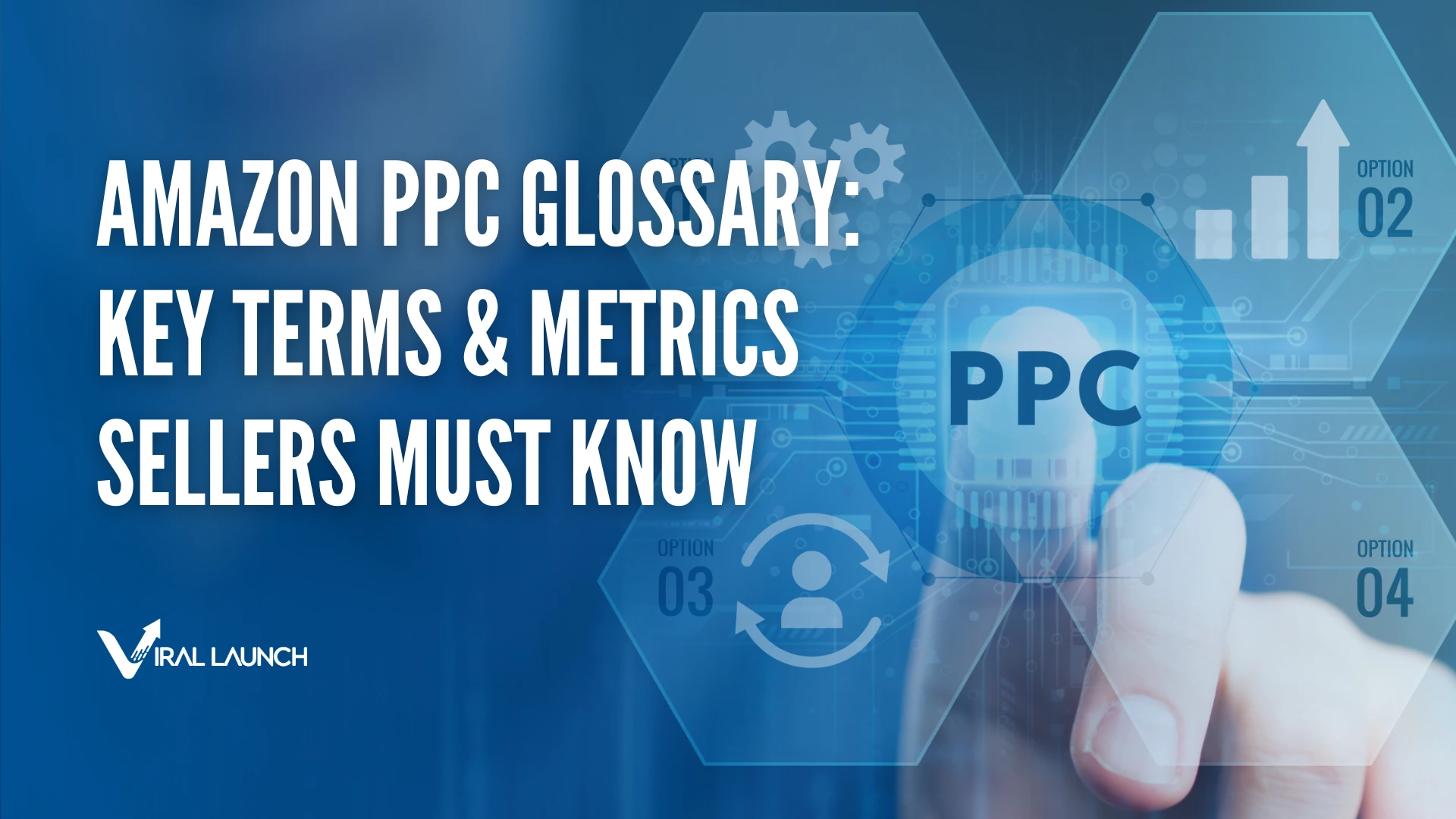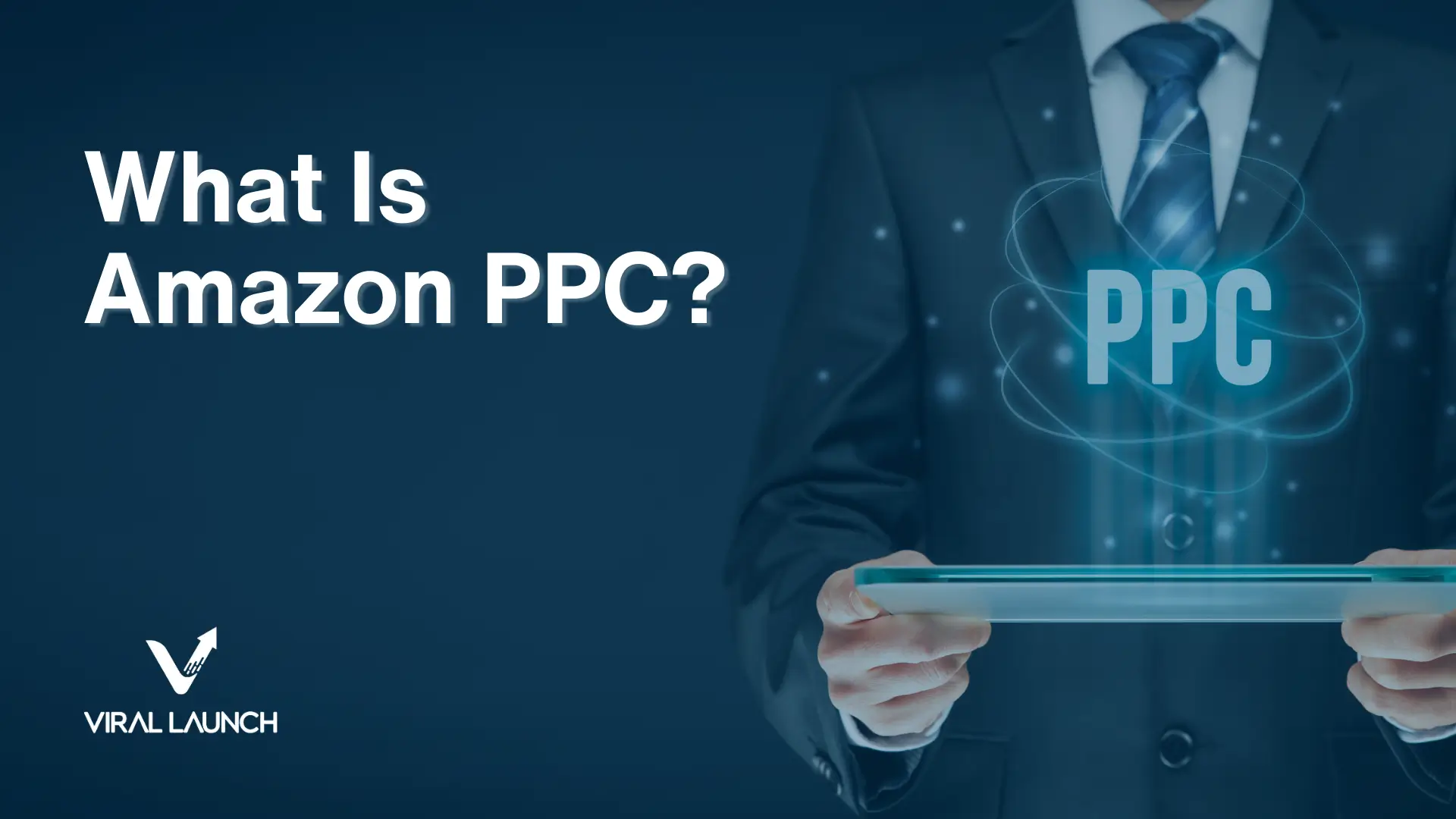Using product videos to market your services isn’t a new concept by any stretch. But, with so many social media platforms, streaming services, and independent content sites, it’s never been more prevalent. That means there are plenty of opportunities to get your video content seen, but it also means there’s a lot of competition.
Product video marketing can do a lot to enhance your e-commerce conversion rates – but only if you put the work into making it fit the angle of your product so you can successfully appeal to potential buyers. The question is, how do you get started? Keep reading as we dive into the various video types, benefits, and strategies to help you stand out in the crowded online space and boost e-commerce conversions.
The Different Types of Product Video
In theory, your options for making promotional videos are only limited by your creativity. But, in practice, product video marketing falls into one of four categories. And which one (or ones) you’ll use depends entirely on what it is you’re trying to market.
For example, you wouldn’t market a sports car the way you would, say, cloud calling software from Vonage. Car advertisements tend to be very artistic and melodramatic. Software videos, on the other hand, have to be more functionally informative.
But let’s look at these four categories in more detail.
Promos and Teasers
Short teasers and promotional videos are arguably the most common form of video ad. They account for the bulk of what you’d see on TV, or bookending some YouTube videos. Most product video marketing in general should try to be concise. But this is especially true for promos and teasers, which are recommended to be between 40 and 90 seconds in length.
These videos are often punchy and creatively shot, with a logo and/or domain name in a place of prominence. They’re more about eliciting an emotional response than being informative. The idea is to generate interest in a product, so that people want to find out more.
Demos and Tutorials
Demos and tutorials are one of the two categories of “educational” product video marketing. Their basic function is simply to show people how your product works. But they can also show them how to use products in more advanced ways, like a social media tutorial on getting more Instagram followers.
Tutorial videos shouldn’t be dry, despite being informative. It’s essential to present information in an engaging way. In fact, a good demo should help to generate interest in a product.
Informational Videos
With some products, it’s important to put out videos to inform potential customers. This is often the case with SaaS platforms like Asana, new tech tools such as the latest iPhone, or remote desktop software solutions like the ones offered by RealVNC. Like lengthy tutorials, informational videos are at risk of being too much of an info-dump.
So, it’s important to break content down into manageable chunks and deliver it in an engaging way. Plus, having a series of information videos keeps people coming back for more, so it’s a win-win for your broader product video marketing strategy.
Customer Testimonials
The problem with hyping up your own wares is that you’re not exactly unbiased. Customer testimonials offer a more organic, believable way to highlight praise for your product or service. Again, like teasers and promos, it’s better to keep them short and sweet, or you’ll risk losing your viewers’ attention.
Our Tips for Better Product Video Marketing
All video content you produce acts as an extension of your brand. So, clearly, it’s an important professional standard to maintain. Creating engaging videos that stand out from the crowd isn’t easy. But, with these eight tips, you can put your best foot forward.
1. Framing and Storytelling Are Essential
Product video marketing should tell a story, especially if it’s a promo or teaser. It helps to get the audience invested in your product, and the need for it.
But how do you cram a whole story into a thirty-second ad?
It’s all about establishing conflict (i.e. the need for your product). So, for example, imagine you’re making an ad for a carpet cleaner. The ad features a parent coming home from work after a long day to find their kids have tracked mud into the house. Then, add a few establishing shots of the product, and show it in use. Lastly, finish by cutting back to the carpet, perfectly clean once again.
With the right filming techniques and camera tricks, you don’t even need dialogue to communicate a narrative like that.
2. Less Is Usually More
We’ve said it before, and we’ll say it again. Short and sweet is the best way to do product video marketing. Unless you’re specifically doing a long-form informational video or tutorial, brevity is the soul of wit (and watchability).
And it’s not just about having to slot into a TV ad break. In fact, your video ad is more likely to be seen online. With the growing influence of social media on e-commerce, you should create your videos with platforms like Instagram, TikTok, and Facebook in mind.
3. Identify Your Target Audience
The form your product video marketing should take depends entirely on who you’re pitching it to. This informs everything, from your filming and music choices, to which product features you emphasize.
Let’s say you’re a SaaS developer marketing a video conferencing and direct messaging tool. If you were marketing it as a B2B app, you’d pitch it to organizations based on its unified communications benefits.
But, if you marketed it to casual consumers, you might emphasize how it keeps you in contact with friends and family, bringing everyone together and keeping you from missing out on those big moments.
4. Go the Extra Mile With Visual Creativity
Extra visual flare can really elevate your video. Remember that the first idea you have for something will probably be the most predictable. Finding the right visual helps you to evoke the emotional response you need to get people interested.
For some products, it’s pretty straightforward. Take food ads, for example. All you need are some close-up, high-fidelity shots of sumptuous meals, and fresh ingredients. But, for things like software, finding an interesting angle can be tough.
Let’s say you work for Vonage, and you have to advertise their auto dialer software. You could cut together a quick video of the user interface or a more interesting idea could be an animation.
You could have the camera follow the digital impulse through the phone line, like going through a tunnel, until it reaches the light of the recipient answering the call. It’s dramatic, and much more visually interesting, which would make it a more effective promo.
5. The Right Sound Creates a Lasting Impression
It’s not only the visuals you need to worry about. Music and special effects choices are just as important when it comes to product video marketing. Think of all the distinctive sounds you associate with specific brands. The Old Spice jingle, or the sound the Netflix logo makes at the beginning of an episode.
After all, the right image may be worth a thousand words. But it’s sounds and tunes that get stuck in your head all day.
6. Image and Audio Quality Are Everything
It’s important to take time with your promotional videos. You’ve got to make sure they look as sharp and professional as possible. A grainy, one-take video filmed on your phone with no editing might be quick and cheap, but it also tells potential consumers that you’re not trying very hard.
You don’t need a huge ad budget to create good promotional content. Simply consider the following:
- Lighting: Is the image clear? Do the subjects look washed out?
- Framing: Remember the rule of thirds, and place your subject appropriately.
- Sound: Make sure edits (music, SFX, etc) don’t drown out dialogue.
7. Avoid Excessive Jargon
Sometimes, a little technical language can offer a sense of legitimacy. Especially for educated, savvy consumers. But too much jargon will make people switch off. For example, let’s say you post a tutorial video on how to call a number from computer.
Not everyone watching will be a computer expert. Your video is just as likely to be seen by people who aren’t tech-savvy, like elderly folk trying to call their grandchildren. So, it’s important to keep your explanations simple, with easy definitions and visual examples.
8. Take Advantage of Customer Reviews
As we noted in our section on customer testimonials, reviews can be a goldmine of free publicity. With a bit of smooth video editing, it’s possible to unobtrusively include user reviews in all your video content.
Consumers are often cynical towards businesses trying to sell them things. Customer reviews improve marketing success by offering a second opinion. We’re more likely to trust another hypothetical consumer because they have nothing to gain by misleading us.
Effective Product Video Marketing Is More Art Than Science
We hope our list of tips has provided valuable insights. But, ultimately, the best thing to do is to experiment with your scripting, filming, and editing. Remember, practice makes perfect. Advertising is really more of an art form – there’s no series of boxes you can tick to draw people to your product. The best thing you can do is to go out and create something memorable.
Effective video content is pivotal for engaging customers. But when combined with Viral Launch’s suite of Amazon seller tools, it becomes a powerhouse for boosting e-commerce conversion rates and sales, taking your e-commerce strategy to the next level. As online selling evolves, staying ahead with optimization tools ensures not just improved visibility, but true market dominance.







